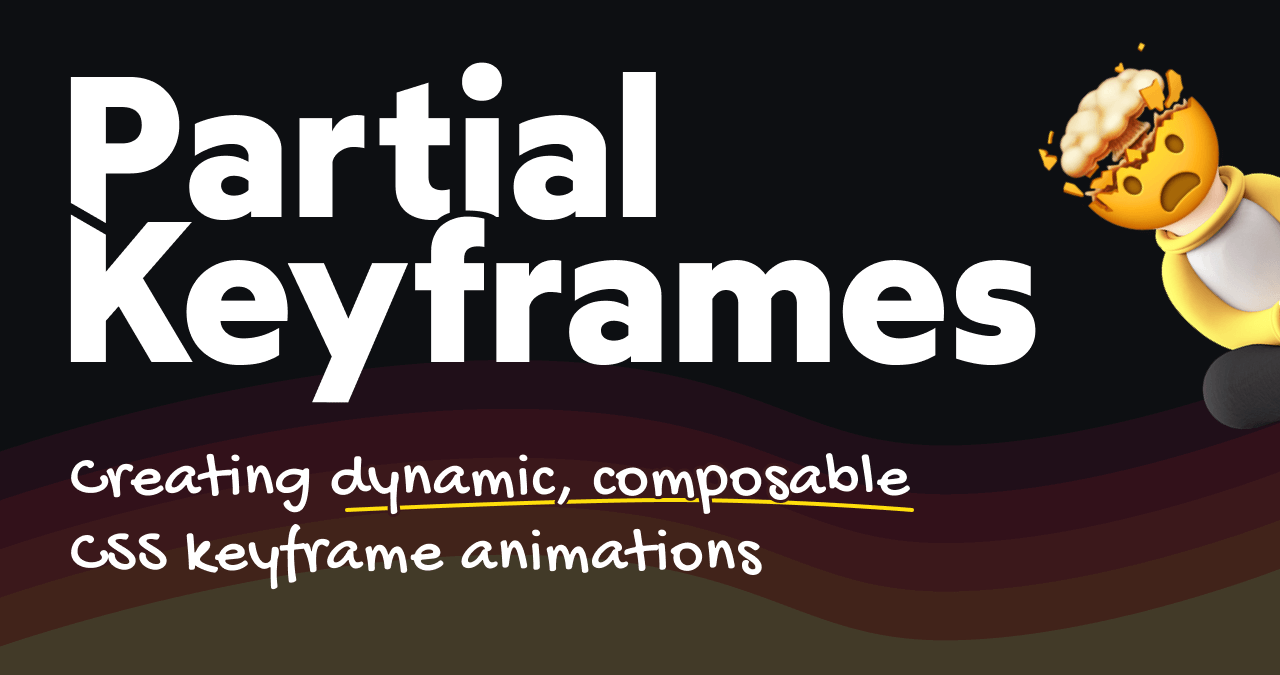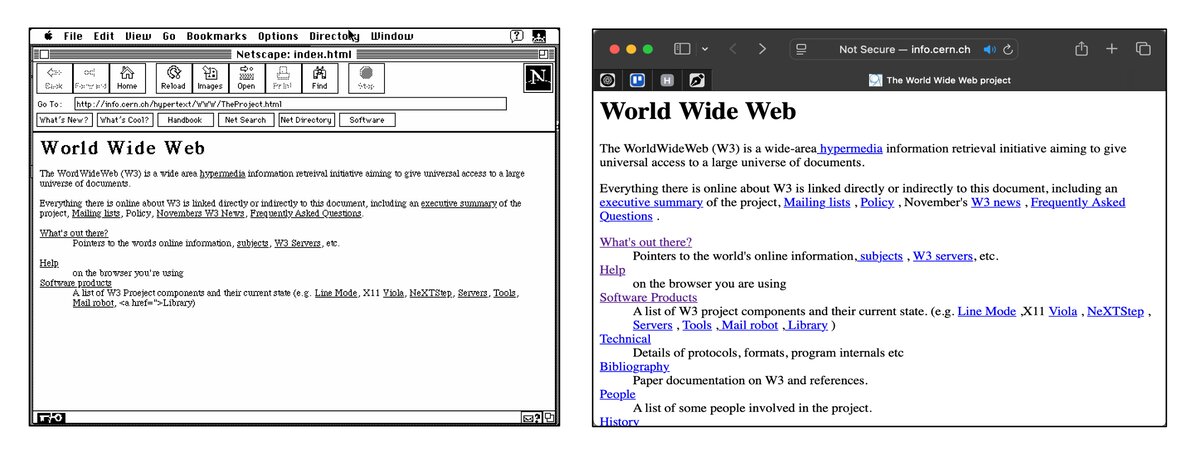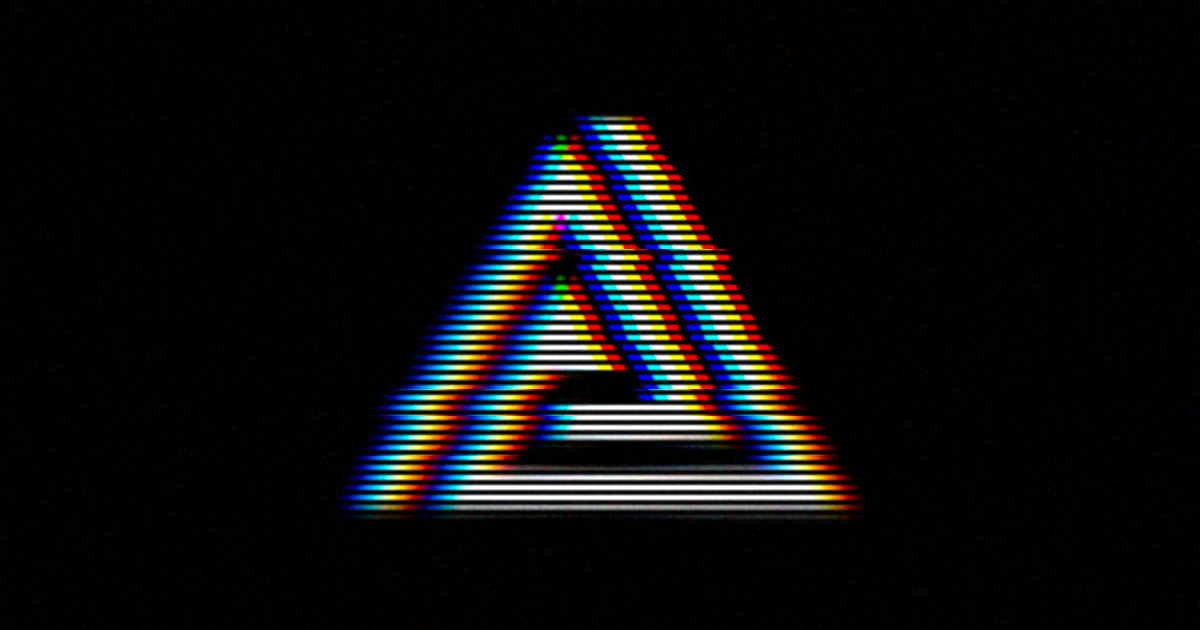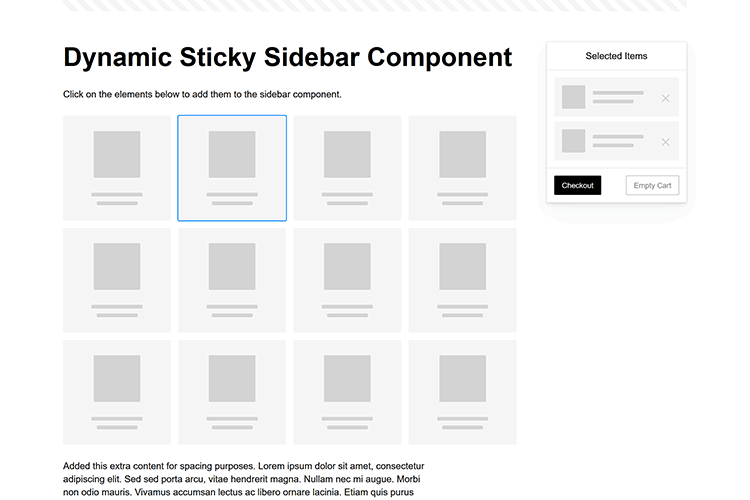#css
#css
[ follow ]
#web-development #web-design #javascript #responsive-design #html #accessibility #layout #animations
fromTechzine Global
1 week agoCSS finally gets support for if() function
After years of developer frustration and questions on online forums, it's finally happening: CSS is getting an if() function to apply styling when a condition is met. For the first time, developers can make logical decisions directly in stylesheets, without separate code blocks. This opens up whole new possibilities for web designers. CSS is a mature styling language that determines how web pages look.
Web development
fromLogRocket Blog
3 weeks agoWould You Use If() functions in CSS? - LogRocket Blog
The CSS if() function introduces real conditional logic to CSS. It allows you to write conditions inline instead of relying on media queries or workarounds : Works with style() , media() , and supports() queries for theming, responsive tweaks, and state-based styling Fits property-level decisions, while media and container queries still handle broader layout changes Supports nested logic and pairs well with calc() for advanced patterns Currently supported only in Chromium browsers, so use progressive enhancement and @supports checks
Web development
Web development
fromUtilitybend
1 month agoStyling siblings with CSS has never been easier. Experimenting with sibling-count and sibling-index | utilitybend
sibling-index() and sibling-count() enable selecting elements by position among siblings, simplifying staggered animations and conditional CSS logic.
from2ality
1 month agoCSS wish: inner breakpoints
One important recent next step were container queries: .parent { container-name: parent; container-type: inline-size; } article { flex-direction: row; } @container parent (width < 40rem) { article { flex-direction: column; } } Instead of reacting to viewport size changes, we can react to size changes of HTML elements. With media queries, the whole page was responsive. With container queries, individual user interface elements can be responsive, too.
Web development
fromJoshwcomeau
1 month agoThe Big Gotcha With @starting-style * Josh W. Comeau
Introduction Have you heard of the @starting-style at-rule? It's an interesting new tool that lets us use CSS transitions for enter animations. For example, let's suppose we have some UI where elements get added dynamically to the page, and we want them to fade in: When you click the "Add Element" button, a new purple square is generated and added to the page, and a CSS keyframe animation fades it in over 1 second.
Web development
fromCSS-Tricks
1 month agoCSS Typed Arithmetic | CSS-Tricks
CSS typed arithmetic is genuinely exciting! It opens the door to new kinds of layout composition and animation logic we could only hack before. The first time I published something that leaned on typed arithmetic was in this animation: But before we dive into what is happening in there, let's pause and get clear on what typed arithmetic actually is and why it matters for CSS. Browser Support: The CSS feature discussed in this article,
UX design
fromSmashing Magazine
1 month agoAmbient Animations In Web Design: Principles And Implementation (Part 1) - Smashing Magazine
Creating motion can be tricky. Too much and it's distracting. Too little and a design feels flat. Ambient animations are the middle ground - subtle, slow-moving details that add atmosphere without stealing the show. Unlike timeline-based animations, which tell stories across a sequence of events, or interaction animations that are triggered when someone touches something, ambient animations are the kind of passive movements you might not notice at first. But, they make a design look alive in subtle ways.
Web design
fromCSS-Tricks
1 month agoCompiling Multiple CSS Files into One | CSS-Tricks
What I like about Stu's stab at this is that it's an ongoing journey rather than a wholesale switch. In fact, he's out with a new post that pokes specifically at compiling multiple CSS files into a single file. Splitting and organizing styles into separate files is definitely the reason I continue to Sass-ify my work. I love being able to find exactly what I need in a specific file and updating it without having to dig through a monolith of style rules.
Web development
fromCSS-Tricks
1 month agoWhat're Your Top 4 CSS Properties? | CSS-Tricks
Seems like a pretty straightforward thing to answer, right? But like Donnie says, this takes some strategy. Like, say spacing is high on your priority list. Are you going to use margin? padding? Perhaps you're leaning into layout and go with gap as part of a flexbox direction... but then you're committing to display as one of your options. That can quickly eat up your choices!
Web design
fromCSS-Tricks
2 months agoShould the CSS light-dark() Function Support More Than Light and Dark Values? | CSS-Tricks
If you don't know, the light-dark() function takes two color arguments: one for light mode and one for dark mode. Hence, the name light-dark(). It toggles between the two light and dark values based on a user's preferences. Sara Joy has a wonderful article where you can get a much more detailed explanation. The key thing is that the function requires you to use the color-scheme property to activate those two color modes: :root { color-scheme: light dark; } .element { color: light-dark(brown, black); }
Web development
fromjQuery Script
2 months agojQuery Retro Flip Clock & Countdown Timer Plugin - FlipClock
Flip Clock is a jQuery plugin for creating a clock & countdown timer that displays information in a digital format on a split flap display. The clock & countdown timer can be fully customized via CSS and full-featured developer API. How to use it: 1. Include required FlipClock CSS in the head section of your page. <link rel="stylesheet" href="/path/to/compiled/flipclock.css" /> 2. Create a container for the clock. <div class="clock"></div> 3. Include jQuery library and the jQuery FlipClock plugin at the bottom of the page. <script src="/path/to/cdn/jquery.min.js"></script> <script src="/path/to/compiled/flipclock.min.js"></script>
JavaScript
fromFrontendmasters
2 months agoObsessing Over Smooth radial-gradient() Disc Edges
If you want to avoid using a pseudo-element or, even worse, children just for decorative purposes, then radial-gradient() seems to be the best solution. Especially in the case where you might need a bunch of such discs, more than the two pseudos available on an element. However, if we do something like this: Where r is the gradient disc radius, then we get jaggies, a step-like effect along the radial-gradient() disc, whereas one created with a pseudo-element has smooth-looking edges!
Web design
fromSitePoint Forums | Web Development & Design Community
4 months agoHTTP using wrong file path trying to access CSS files
The issue lies in how relative paths work in HTML. When CSS files are linked using a relative path, they are referenced based on the location of the HTML document in the directory structure. In your case, if the webpage is located in the 'Folder' directory, the browser looks for the CSS files in 'http://Project/Folder/CSS/' but failing due to incorrect pathing leads to a 404 error.
Web development
[ Load more ]


































